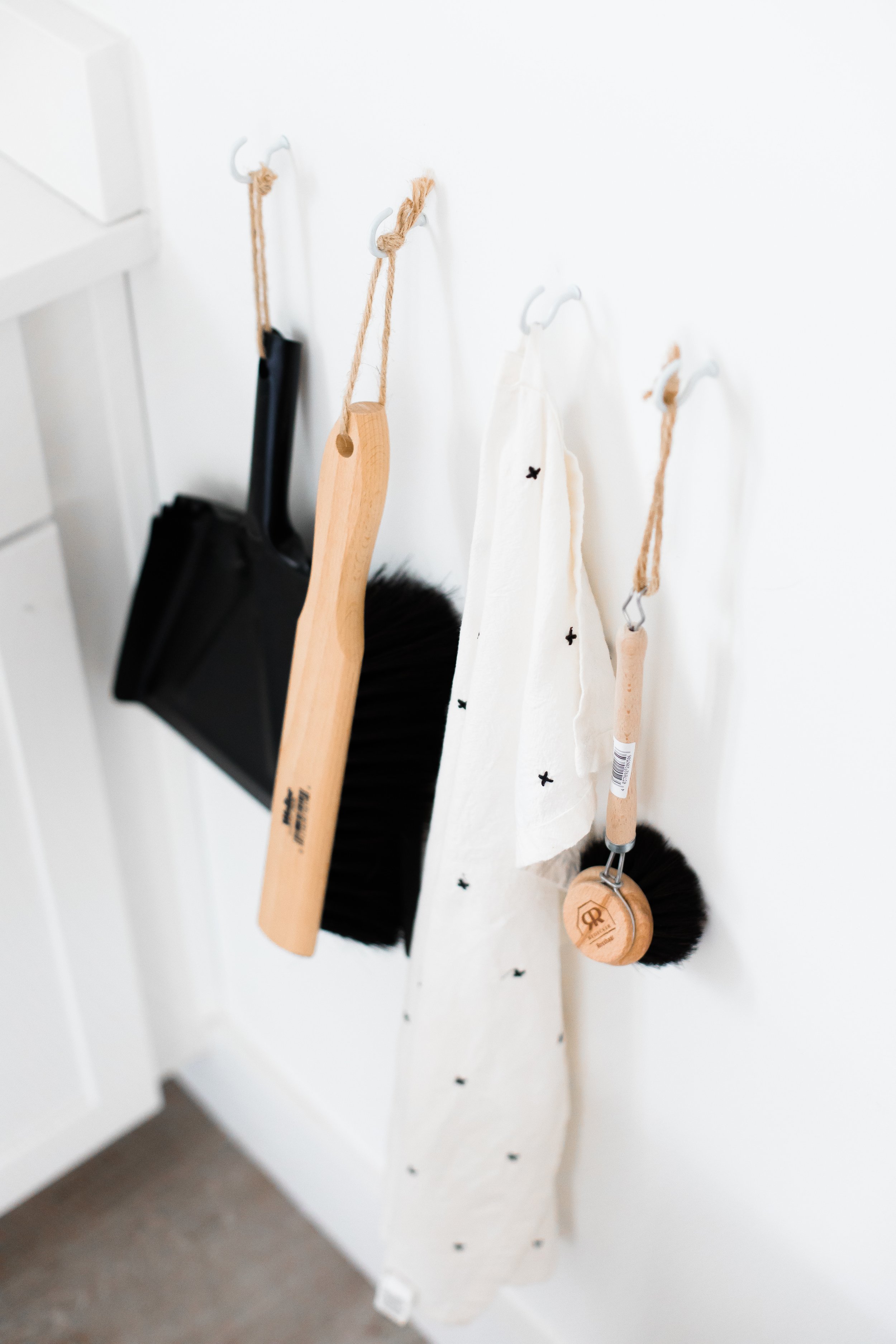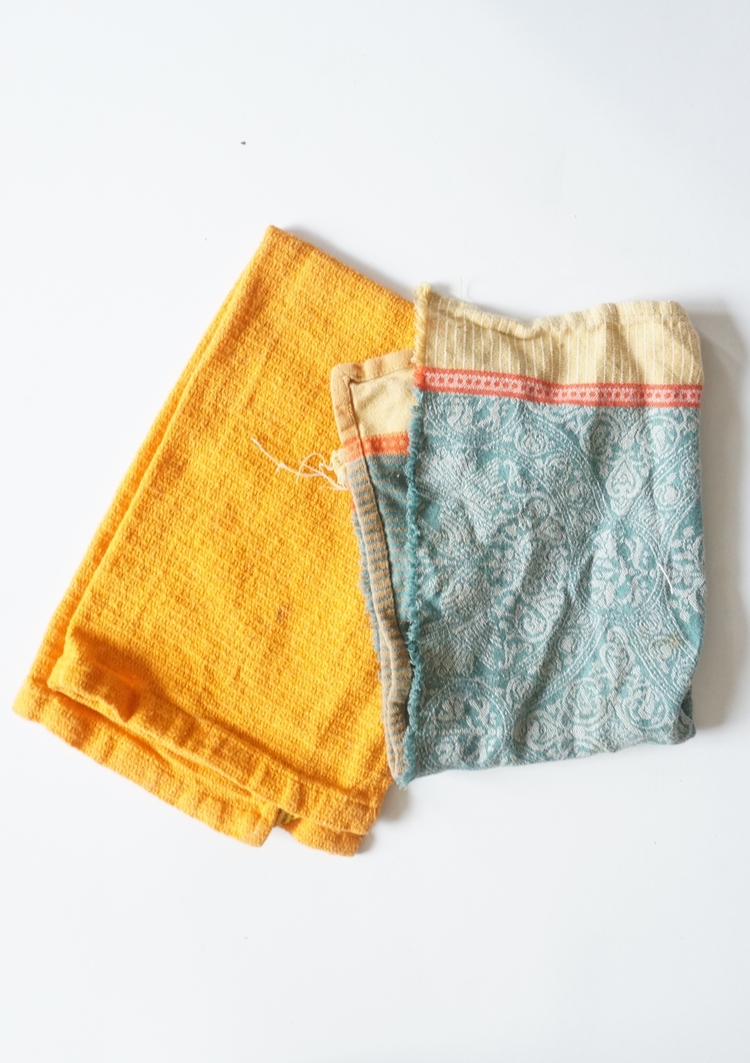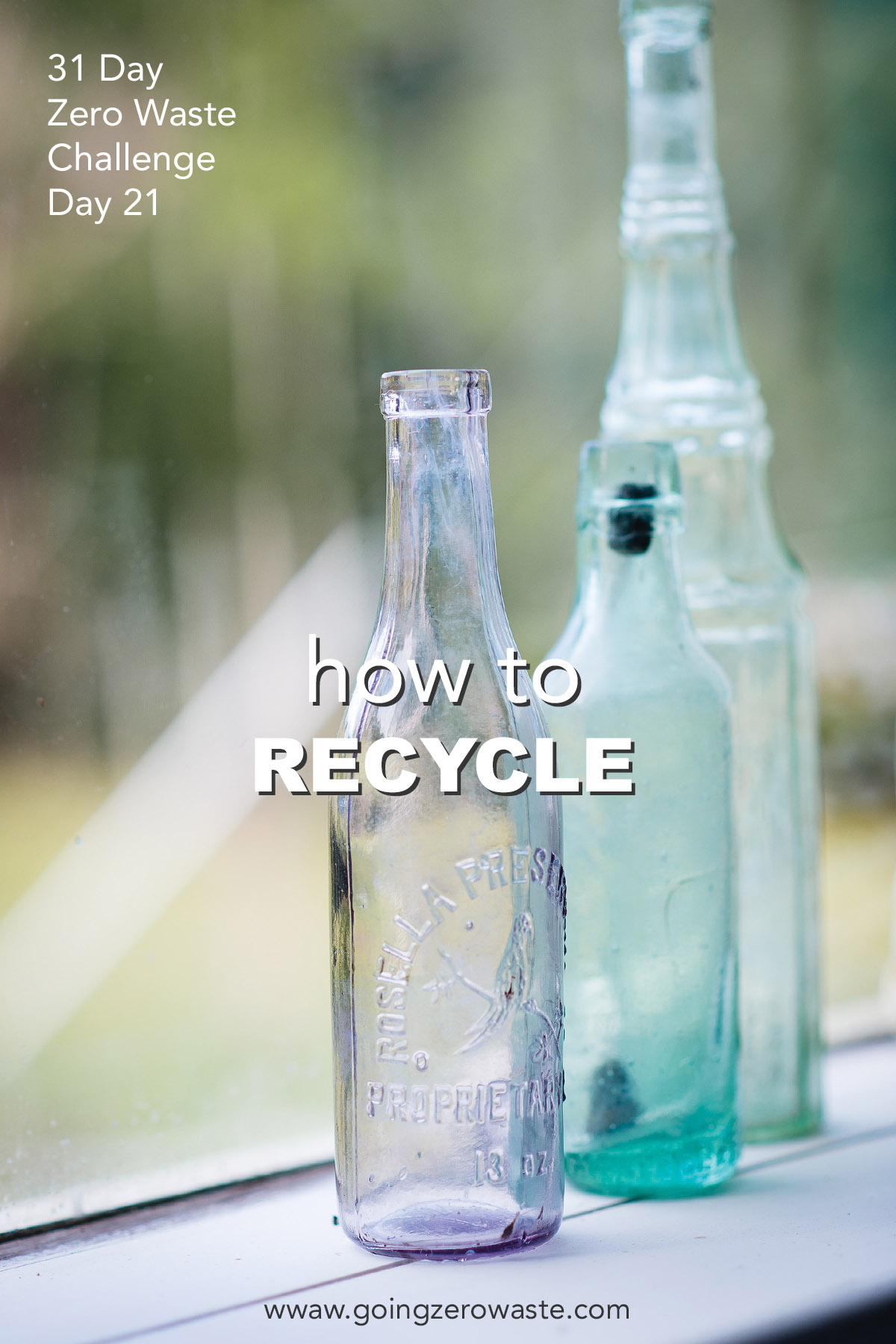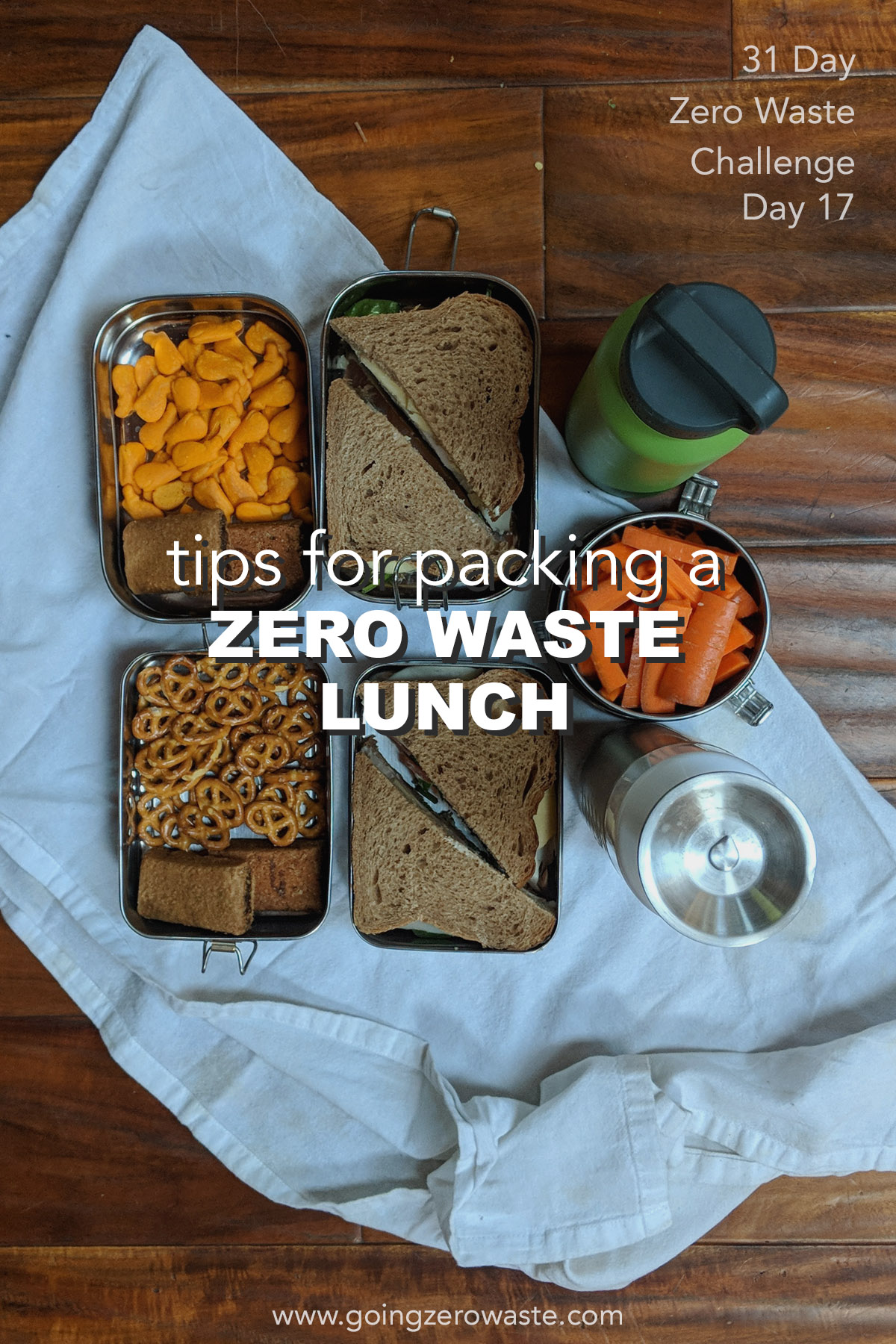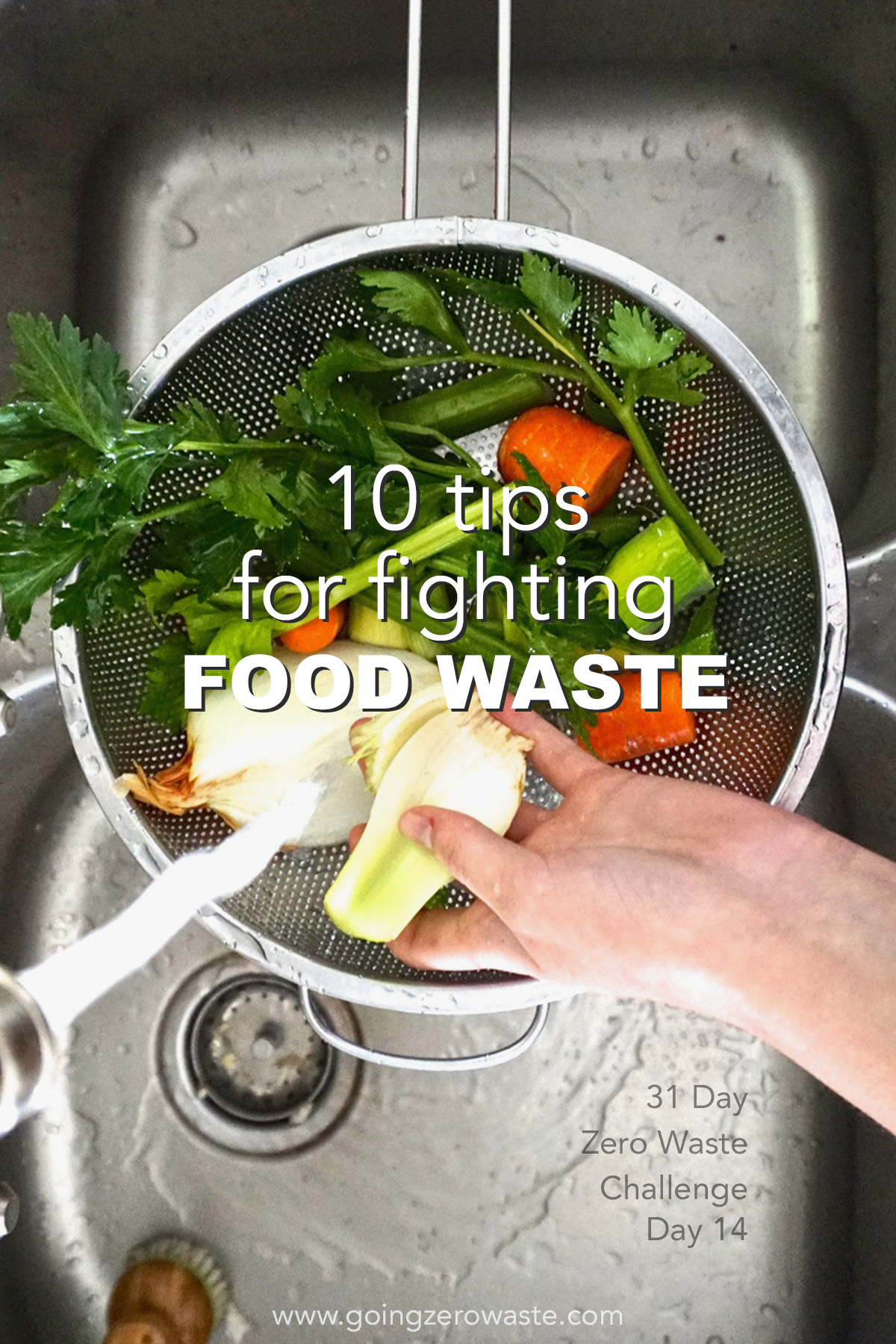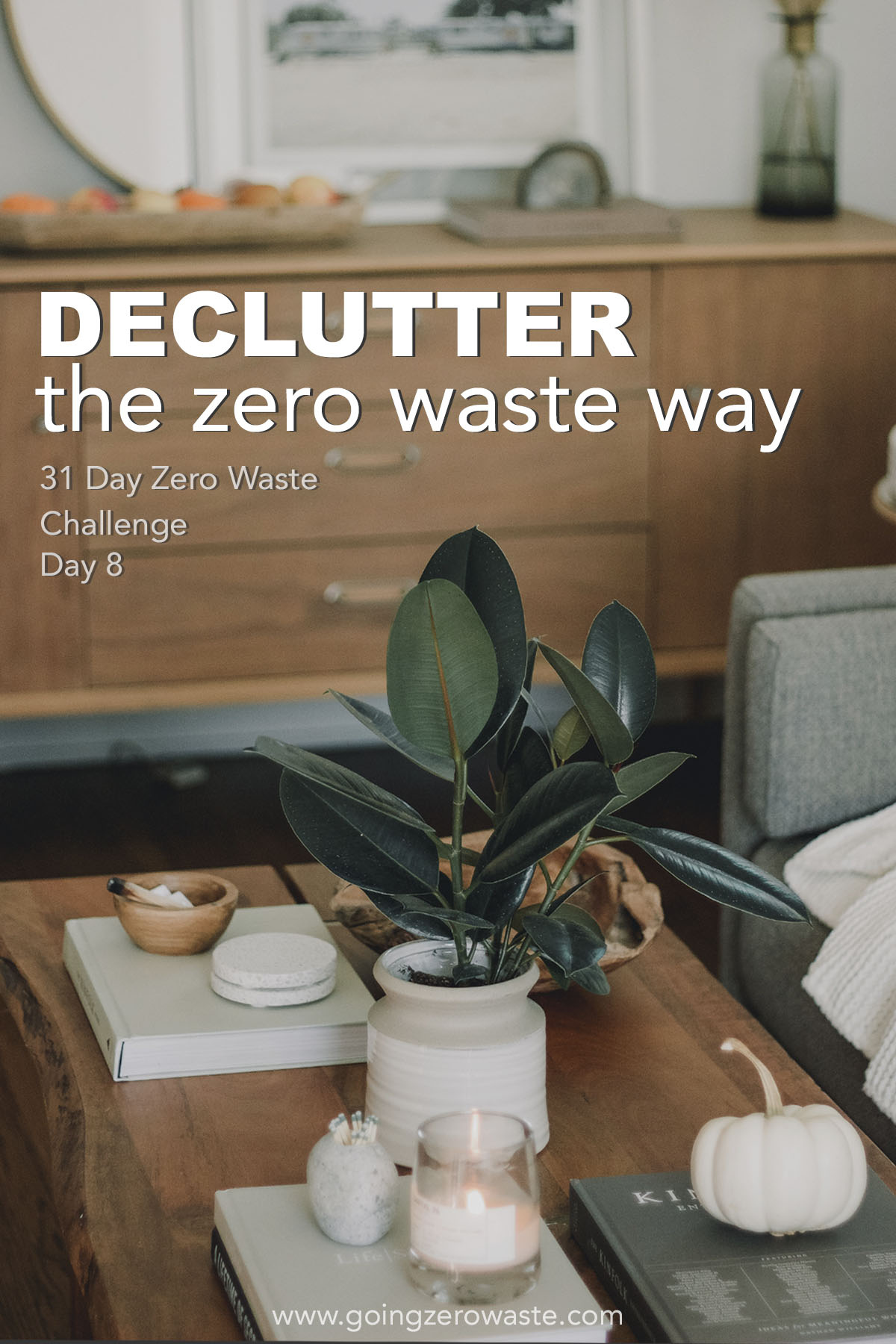Disposable paper napkins are everywhere nowadays from restaurants to homes. But, I’m working to change that ONE TABLE AT A TIME!!
Today, I challenge you to swap paper napkins out for reusable cloth napkins.
It’s day eighteen of the zero waste challenge! The beginning of the challenge is focused on simple swaps like bringing your own water bottle and bags to the grocery store.
Now, we’re in the second phase of the challenge. These changes are lifestyle changes like learning to make your own snacks, decluttering your life the zero waste way, and conserving natural resources.
However, hindsight… this swap probably belongs up in the beginning. Ah, well, watchya gonna do.
Prefer video content? Scroll down to the bottom of the page.
the problem:
Paper napkins aren’t recyclable after use because they are considered soiled after food gets on them. They can be composted, which is good, but ultimately not the best solution.
Most people don’t compost, but - I know that you’re working on getting that sorted! Remember day 10 we talked all about how to get a compost situation that works for you.
Paper napkins use a ton of resources and energy to make which harkens back to day 11 use fewer resources and day one buy less. You see how this challenge is becoming pretty intertwined?
Bottom line is, it’s much better for the planet to ditch disposable items, and choose reusable whenever possible.
You probably think cloth napkins are a lot more work than paper. But I promise you it’s not.
the solution:
Justin and I both use cloth napkins and if they aren’t dirty, we just carry them over to the next meal.
If they are dirty, then we throw them in the base of a washing machine. That way, whenever we’re doing another load, they’re already in there ready to be washed.
However, if you don’t have a washing machine, you can still own and wash cloth napkins. When Justin and I moved into our tiny house, we didn’t have a washing machine.
Instead, when a cloth napkin got soiled, we let it dry if it was wet and then put it in the hamper.
You can alternatively up-cycle one of your trashcans that you don’t need anymore to hold soiled napkins. This prevents clothing and soiled napkins from getting mixed up in the same basket.
To wash our cloth napkins, we just throw them in the laundry. However, if a cloth napkin gets particularly dirty (spaghetti sauce) I might hand wash it and just let it dry by draping it over the oven handle.
diy napkins:
The best part about cloth napkins is that they’re easy to make yourself! I am so proud that I hand stitched my very first set of cloth napkins.
When I first went zero waste, I was on a TIGHT budget. I grabbed some spare fabric from the thrift store and sewed it creating a set of cloth napkins. They’re still my favorite to this day.
If you’re not worried about having fancy napkins, consider cutting up an old soft shirt and using that.
If you’d like to make your own cloth napkins that really stand out, there are a bunch of tutorials online. However, most tutorials are specifically geared towards people who have sewing machines.
I hand stitched mine though, so it’s definitely not impossible! I used a blind hem stitch around the edges and did it while I was watching TV or listening to a podcast.
If sewing is not your thing, check out this no sew linen napkin tutorial. They’re super cute and low hassle to make.
where to buy:
Don’t forget to ask your parents or grandparents. They probably have some cloth napkins lying around that they don’t use anymore, or check out these three zero waste shops for all your plastic free needs.
Check at local stores to see if they sell any cute linen or cotton cloth napkins. Try to get ones that are neutral enough to use for all seasons, year-round.
Whenever possible, choose organic or recycled cotton over conventionally grown cotton cloth napkins.
how many should you have?
I recommend keeping a nice little stash of cloth napkins around your house and in your purse for on the go purposes. You never know when you might need them!
To live comfortably, I’d recommend having at least five cloth napkins available per person. That might seem like a lot but, if you’re also using them for cleaning, this will prevent you from ever running out!
If you’re the sort of person who likes to use a fresh, clean napkin every day to avoid germs, getting seven cloth napkins per person, if you do laundry once a week might be a better number for you.
Your cloth napkins should last a very long time if you treat them right. This should save you money in the long run!
what to do once they’re irreparable:
When the cloth napkin has run its course, if it’s made from natural materials like cotton or linen, you can compost it. Just cut it up into tiny pieces first, that way it composts quicker.
So that is my challenge to you: Use cloth napkins for every meal this week.
take the challenge!
Over the next 13 days, your challenge is to use cloth napkins. Paper napkins are incredibly wasteful and cannot be recycled after use.
Swap them for reusable cloth napkins: You can make them yourself or buy them at a store. Opt for organic cotton and linen material whenever possible, as these are compostable at end of life.
Will you be taking the challenge?
want more?
Just starting out? Have 1,000 burning questions!? Get access to my private Facebook group, where I’ll be hosting weekly lives throughout the challenge and I answer all of your most pressing questions.
I’m the head content creator over at pelacase.com and have partnered with them to create an email version of the challenge. I will be sending out weekly recap letters with Pela if you’d prefer to have this challenge in larger chunks and delivered straight to your inbox.
PLUS! I’ll be sending out a brand new e-book at the end of the challenge called the Game On Handbook. Which is all about individual ways to fight climate change. You don’t want to miss it.



